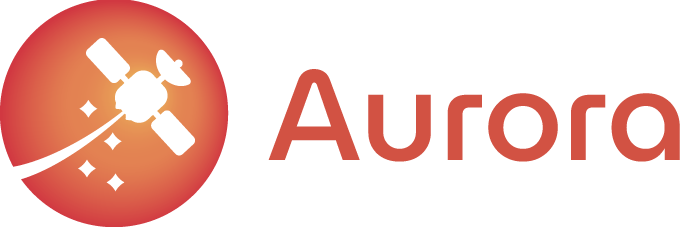Context and overall objectives of the project
With space agencies seeing an increase in interest and funding, a sudden demand has surfaced concerning the use of auto-coding. Unfortunately, little has been done so far to satisfy this demand. That is what the project AURORA wants to change. AURORA uses the models created for the ESA Euclid Mission to validate a novel auto-coding process. Then, the team tests this code in a hardware environment that simulates possible failures the satellite might encounter while it is getting into its orbit.The approach is to develop a set of tools that automatize the validation process, thus enabling the cost of satellite production to be reduced.
The AURORA solution connects the QGen product in order to transform Simulink models into source code. QGen is a code generation and model verification toolset that grew out of European projects.
The Technology demonstration is carried-out by exercising the QGen automated code with the already validated and verified results of the Euclid AOCS auto-generated code. The demonstration process makes use of the test cases designed for Euclid AOCS formal verification, and testing is performed in the actual Euclid Test environment.
The EUCLID evaluator includes the operation environment used during the original EUCLID development and test campaign. The evaluation report has determined that the overall TRL determined for the QGen toolset is TRL-7.
AURORA also provides the definition of an Autocoded Flight Software Life-cycle process and methodology for the Specification, Development and Validation of SW based on QGen. This activity supports an early verification of the models, an Auto-generated source code software production following an iterative process, Mission requirements Verification at model level and component level, and an alignment with Space standards, enabling as much as possible the automation of the process.
The code generation toolchain is integrated into the TASTE framework (https://taste.tools/), the ESA development environment dedicated to embedded real-time software.
The Interoperability capability of the solution is ensured through a standard specification of Component Based Interfaces (CBI), both for manual and auto-generated code, as a basis for developing the critical SW product in TASTE. The ESA TASTE model-based toolchain was selected as the basis for CBI implementation.
Software deliverables of the activity are integrated with the main TASTE repository and available to the public (https://gitrepos.estec.esa.int/taste/taste-setup).
In AURORA we have studied a specific solution to integrate Model-Driven techniques for cFS execution platforms. We integrated cFS, a message-oriented NASA framework based on a publish-subscribe architecture, inside TASTE and SpaceCreator, to provide modelling capabilities and automatically generate code from models, thus avoiding error-prone repetitive tasks, ensuring consistency throughout the different stages, and allowing the end-user to focus on the implementation-specific details.
The AURORA Tool suite contributes to the development of Critical Space Technologies for European Non-Dependence and Competitiveness. With this tool, Europe will have its own technology and will be in a competitive position in the space market.
Results and potential impact
The detailed lifecycle process, the methodology and set of tools, the procedures that optimize the development of model-based spacecraft subsystems with auto-code, and the expected direct integration in on-board mission critical flight Software are expected to have a direct impact for a better competition in the European and non-European space market.
Firstly, the consolidation of an Autocoding facility by integrating the AURORA tool-suite with a completed SW verification toolchain can be applied to design, model, simulate and verify the AOCS/GNC software for several potential missions, using the Matlab/Simulink framework uniquely for modelling.
A reduction of AOCS/GNC SW delivery time due to the auto-coding guidelines and methodology will ensure the conformance of the proposed process through all the stages of the project. Moreover, the Interoperability capability is expected to reduce the integration phase in a long-term approach, as reusability consolidates.
In general, the Society will benefit from the satellite applications enabled or facilitated by the AURORA technology. In addition to this, AURORA has strengthened the cooperation between the Academia and Space industry generating new, qualified job positions and research opportunities.
